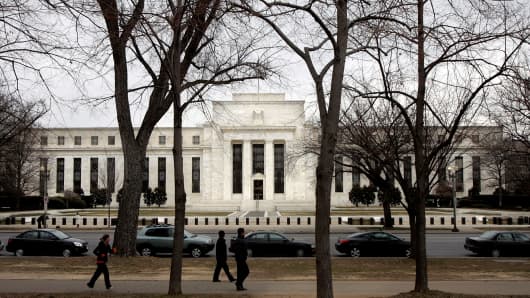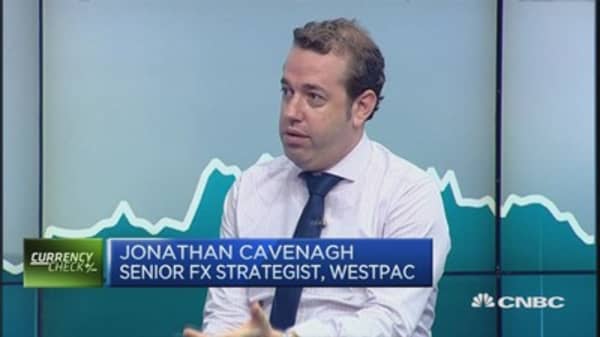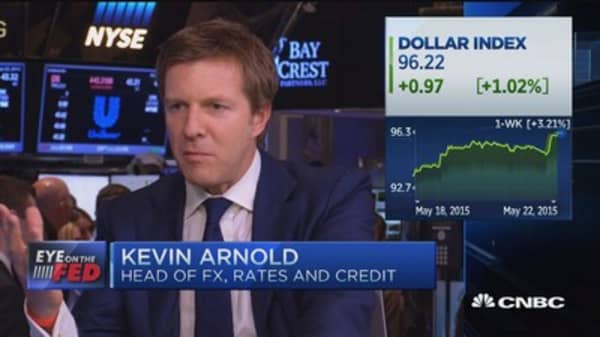The bond markets' indifferent response to last Friday's statement by the U.S. Federal Reserve (Fed) that interest rates may be raised this year seems about right. By moving up the yield on the benchmark ten-year Treasury note two basis points to 2.21 percent, it looked like bond traders heaved a big and tired Friday afternoon yawn before heading out for the long Memorial Day weekend.
The story, however, would have been entirely different had the Fed's message come with an increase of the federal funds rate – the only interest rate the Fed directly controls -- closer to its 0.25 percent target. But that is not what happened: the effective cost of overnight money was pushed down two basis points to 0.11 percent, roughly unchanged from a 0.08 percent level of a year ago.
The Fed's current management of its monetary base – the only aggregate it directly controls -- is also at odds with suggestions of an incipient policy tightening. In the course of March and April, the Fed's balance sheet expanded by $219 billion to an almost record-high $4.059 trillion – a 3.3 percent increase from the year earlier, and a whopping five-fold jump from pre-crisis levels.
And to make sure that these numbers are properly understood as a market-friendly policy posture, the Fed's statement last Friday also carried a reassuring message that future interest rate increases would proceed in a "cautious" and "gradual" manner.
Cheap credit hitting structural hurdles
Upon reflection, and refreshed over the long weekend, bond traders will probably take another look at all that. I think that would be useful, because the Fed's numbers and statements indicate a questionable conviction that the data-driven monetary policy and market behavior will remain benign and orderly.






